(Prices correct as of today’s date, are updated daily, are subject to change and represent genuine availability at time of update).
Cruise only holidays are financially protected by ABTA. Fly cruise holidays are financially protected by Holland America Line under ATOL number 6294
Please click here to check the essential travel requirements before booking this cruise.
Want to add a hotel stay or change your flights?
Just call our team of cruise specialists to help build your dream cruise holiday today!
Prices based on 2 people sharing. Cruise only price does not include flights. Fly-cruise price may vary by chosen UK airport.
Itinerary
Sydney, New South Wales
Sydney belongs to the exclusive club of cities that generate excitement. At the end of a marathon flight there's renewed vitality in the cabin as the plane circles the city, where thousands of yachts are suspended on the dark water and the sails of the Opera House glisten in the distance.... Read More
Sydney, New South Wales
Sydney, New South Wales
At Sea
At Sea
Townsville, Queensland
Cairns, Queensland
At Sea
At Sea
At Sea
Darwin, Northern Territory
At Sea
At Sea
Komodo Island
Benoa, Bali
Benoa, Bali
At Sea
At Sea
Singapore
Singapore
At Sea
Phu My
Nha Trang
At Sea
Ha Long Bay
At Sea
Hong Kong
Hong Kong
At Sea
Kaohsiung
Keelung (Chilung)
At Sea
Naha, Okinawa
Amami Ōshima
At Sea
Nagasaki
Nagasaki
At Sea
Shimizu
Tokyo
Tokyo
At Sea
Hakodate
At Sea
At Sea
At Sea
At Sea
At Sea
At Sea
At Sea
Kodiak, Alaska
At Sea
Sitka, Alaska
Ketchikan, Alaska
At Sea
Seattle, Washington
At Sea
At Sea
At Sea
San Diego, California
At Sea
At Sea
Manzanillo, Mexico
At Sea
Puerto Chiapas
Acajutla
At Sea
Fuerte Amador
Fuerte Amador
At Sea
Cartagena
At Sea
At Sea
Fort Lauderdale, Florida
What's Included with
Holland America Line
Use of swimming pools, hot tubs, fitness centre and leisure facilities where available
Accommodation
Breakfast, lunch, dinner and snacks in a choice of included dining venues
Entertainment throughout the day and evening
Complimentary shuttle service from ship to port where available
Explore Volendam







Pinnacle Grill
Pinnacle Grill is the ultimate steakhouse at sea, where an exceptional menu and impeccable service make for one of finest meals you’ll ever have. The refined menu features a selection of 28-day wet-aged USDA Prime steaks — meticulously chosen to guarantee the finest quality — as well as classic steakhouse dishes and innovative recipes from James Beard Award-winning chef and Culinary Council® member, David Burke. Every dish is exquisitely prepared, beautifully plated and complemented by a vast collection of award-winning wines. Here, your meal is an event unto itself, a celebration of fine dining and a triumph of flavour.




Microsoft Studio
Learn how technology can make your voyage more meaningful and memorable with our complimentary small-group courses at the new Microsoft Studio. Designed for all abilities using the latest Surface Laptop 2 devices, our Microsoft-trained hosts will show you everything from creating photo albums and movies to using 3D effects and staying safe online. Drop in during scheduled times for courses or join our Creative Studio Time every day to work on your projects.
Learn New Skills
Days at sea are the perfect time to explore new skills. Learn how to design postcards with 3D effects, create incredible videos, paint a landscape with a digital pen, build a trip journal and organize your life, photos and files online.
Available Classes
Choose from an array of travel-centric workshops offered multiple times and days throughout your cruise or stop in during our Creative Studio Time to work on all the content you’ve created and make it into something special.
Take It Home With You
Take digital course handouts with you and continue your cruise experience on your home device. They’re sure to come in handy when you use all the newfound skills you learned in the Microsoft Studio!







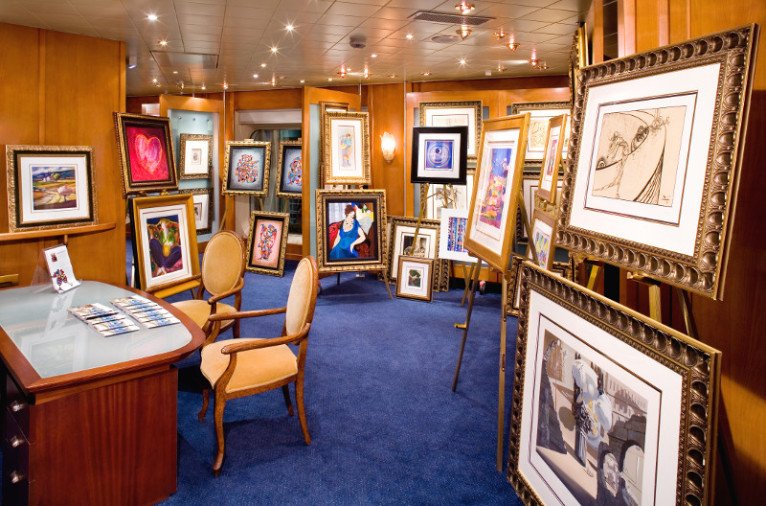








Ocean Bar
Enjoy live music in this popular bar perfect for pre-dinner cocktails.




Greenhouse Spa & Salon
During a leisurely day at sea, few places help you refresh, relax and rejuvenate like the Greenhouse Spa & Salon®. This heavenly retreat nurtures every aspect of your well-being with renowned spa rituals and healing touches. In the spa, pamper your skin with facial treatments featuring premium, naturally sourced ingredients. Nurture your body, too, with massage treatments employing time-honoured, hands-on massage techniques gleaned from around the world.
Signature Service
Prepare for wonderful pampering as you enjoy a select combination of rejuvenating spa treatments from the Greenhouse Spa & Salon®, along with other healthy amenities.
Hair & Nail Services
Open your mind to the creativity of our international stylists and leave the salon today with a hairstyle that will put a bounce in your step and your locks!
Treatment Rooms
Relaxing treatment rooms offer breathtaking views where guests can enjoy exotic skin, body, and hair treatments ranging from hot stone massages and pedicures to hair styling and facials.





Kids Programs (Ages 3-6)
Highlights for kids ages 3 to 6 include a variety of activities, crafts, games and theme parties, such as “Dino-Mite Night” and “Ships Ahoy Pirate Treasure Hunt Adventure.”
Deck 9 - Sports

- Crow's Nest
- Sliding Dome Cover
- Sports Court
- Club Hal
- The Loft
Deck 8 - Lido

- Fitness Centre
- Greenhouse Spa & Salon
- Dive-In
- Lido Pool
- Lido Bar
- Canaletto
- Lido Market
- Sea View Bar
- Sea View Pool
Deck 7 - Navigation

- Bridge
- Neptune Lounge
- Pinnacle Suite
- Neptune Suites
- Vista Suites
- Ocean-View Staterooms
- Interior Staterooms
Deck 6 - Verandah

- Verandah Suites
- Ocean-View Staterooms
- Interior Staterooms
Deck 5 - Upper Promenade

- World Stage
- The Shops
- Atrium
- Ocean Bar
- Casino
- Mix
- Hudson Room
- Explorations Café
- Future Cruises
- Explorer's Lounge
- King's Room
- Queen's Room
- The Dining Room
Deck 4 - Promenade

- World Stage
- Photo Shop
- Atrium
- Guest Services
- Art Gallery
- Shore Excursions
- Wajang Theatre
- Pinnacle Grill
- The Dining Room
Deck 3 - Lower Promenade

- Atrium
- Ocean-View Staterooms (Lanai or Large)
- Interior Staterooms (Large)
Deck 2 - Main Deck

- Ocean-View Staterooms (Large)
- Interior Staterooms (Large)
Deck 1 - Dolphin

- Medical Centre
- Ocean-View Staterooms (Large)
- Interior Staterooms (Large)
Volendam Cabins & Suites

Interior Stateroom




Ocean View

Lanai











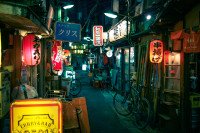
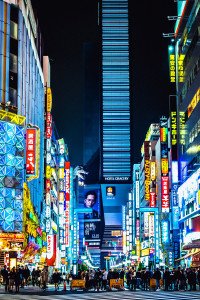
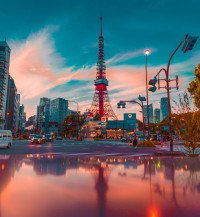




-custom_banner-thumb.jpg)







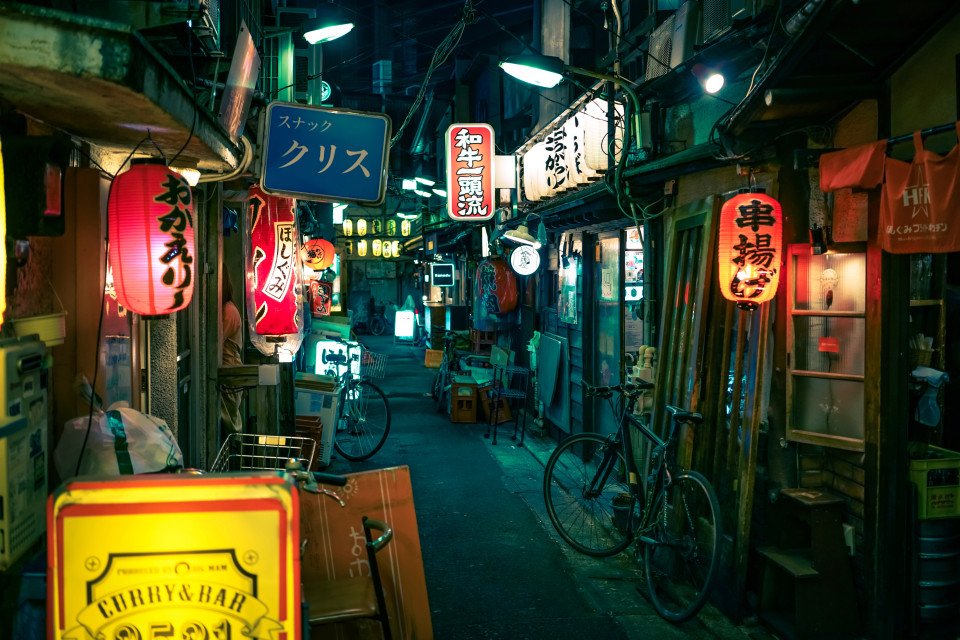
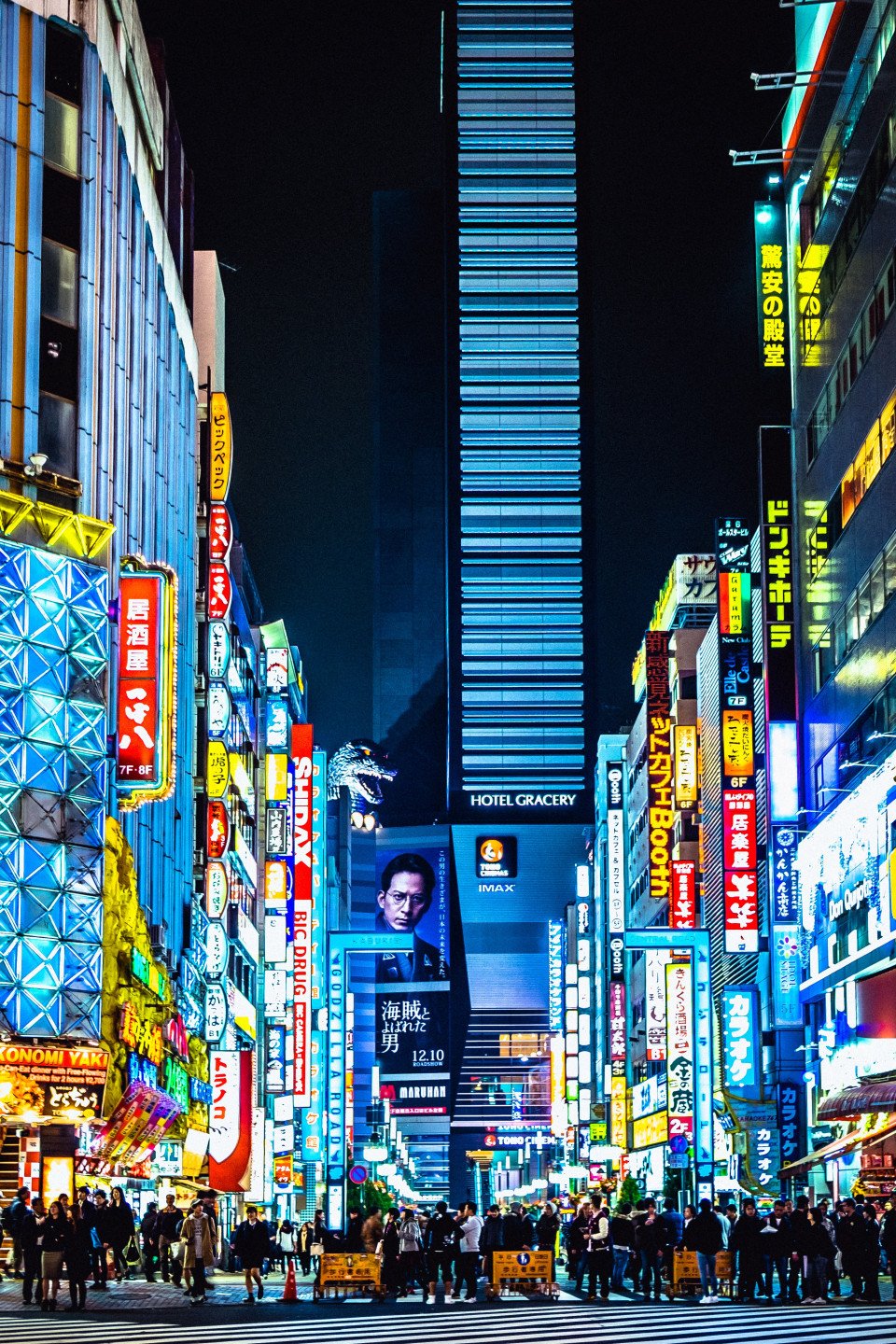
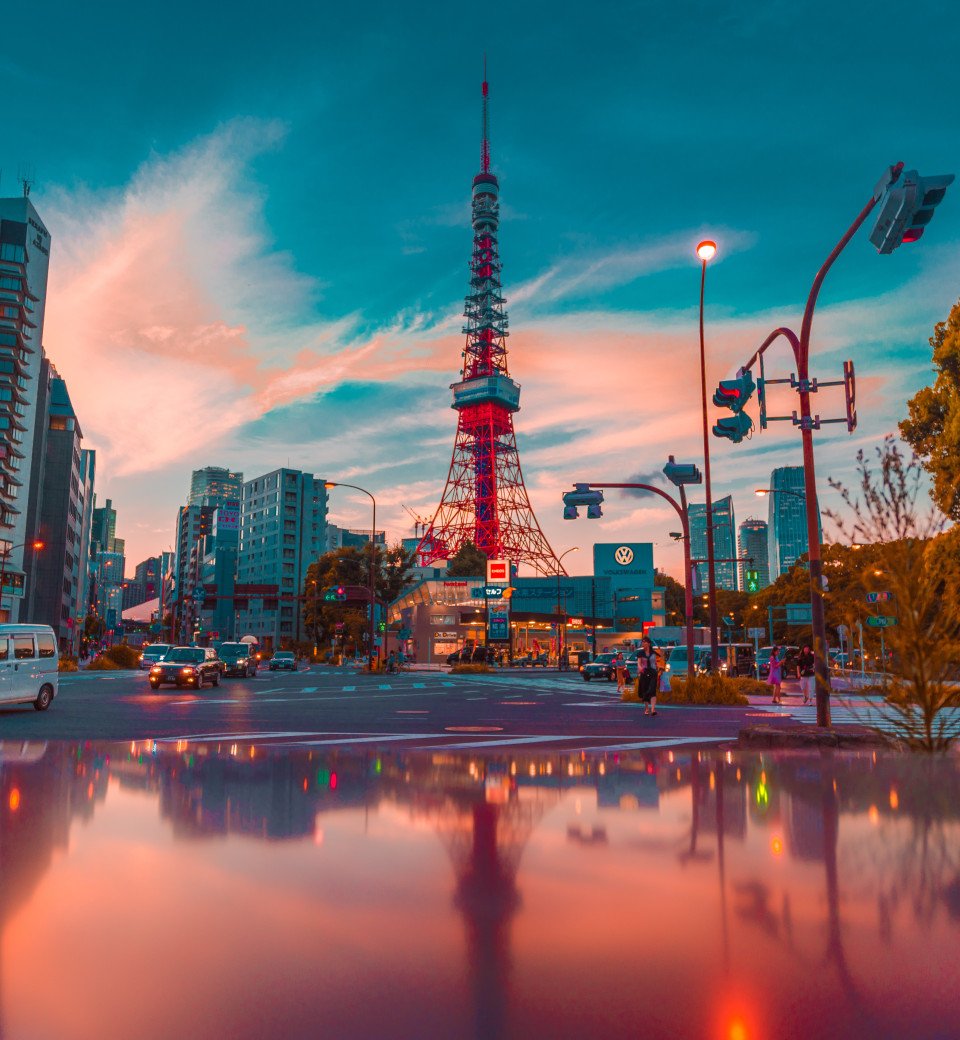




-custom_banner-banner_half.jpg)












-large_thumb.jpg)









